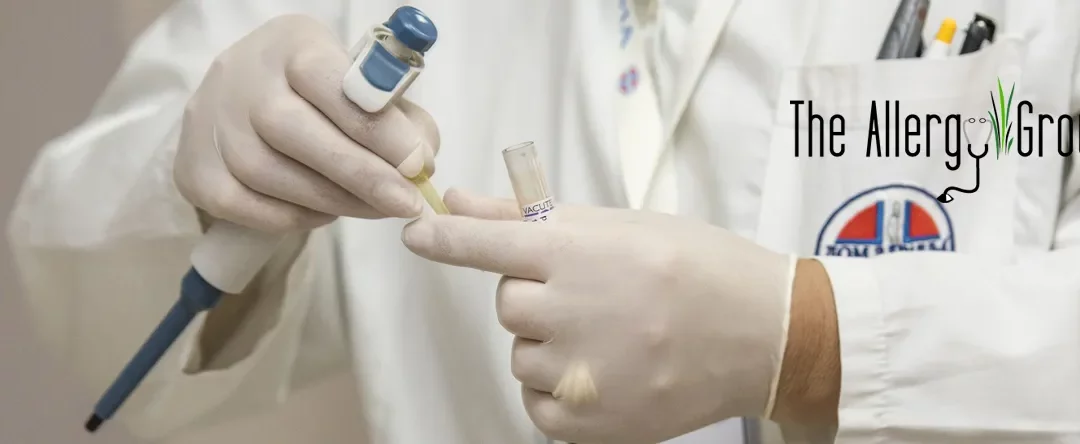Food allergy affects 1 in 13 children and is potentially life threatening. Insect sting allergy is another potentially life threatening condition. For the millions of Americans at risk for life threatening anaphylaxis, epinephrine autoinjector is a lifeline. It is the only drug that can reverse this allergic reaction.
In an ideal world, no individual at risk of anaphylaxis from any cause, should ever be without epinephrine. However, lack of affordable access to the drug has left parents, patients and doctors scrambling. Now that the “back to school” season has arrived, more and more parents are looking to purchase the drug to have it at school, while their precious kids are at school and not as protected as they are under their sheltered homes. And this is making parents and doctors aware of the higher cost for this drug (prices raised 450% recently by Mylan pharmaceuticals).
Unfortunately, any association or agency cannot control or change the price of epinephrine. The price of Epipen has increased from $100 in 2008 to $450 in 2016 and the prices will continue to rise. Mylan is the only pharmaceutical company that makes it and it has monopoly in the market. Other companies are working on it but so far, there is going to be a long wait till it gets approved by FDA. Adrenaclick is a generic version and is cheaper but still not very affordable. Part of the problem is high deductible insurances that have become a trend.
Here are some resources for patients to obtain epinephrine at a cheaper price.
Recently, Food Allergy Research and Education (FARE) posted a statement advising patients to be aware of the following methods of assistance if they are having trouble filling a prescription for epinephrine due to cost:
- Explore Patient Assistance Programs.
- Know your epinephrine options, including EpiPen® and the epinephrine injection auto-injector (Adrenaclick® generic).
- Take advantage of manufacturer coupons, available for both EpiPen® and the Adrenaclick® generic, where available.
- If you have a children’s hospital nearby, find out what support or grants it may provide to help you pay for the prescription.
- Talk to your employer and insurance company about exploring other health insurance plan options and potential cost saving measures.
- Shop around – check pricing with different pharmacies in your area.
- When an insurer does not provide affordable access to epinephrine — either by refusing to cover the medication or only covering a small amount of the cost — you can initiate an appeals process through your insurance carrier. FARE has sample letters and information about insurance appeals for high epinephrine cost or denial of coverage available on their website. http://www.foodallergy.org
For more information on how to care for, and remember your epipen, check out our other blog here:


